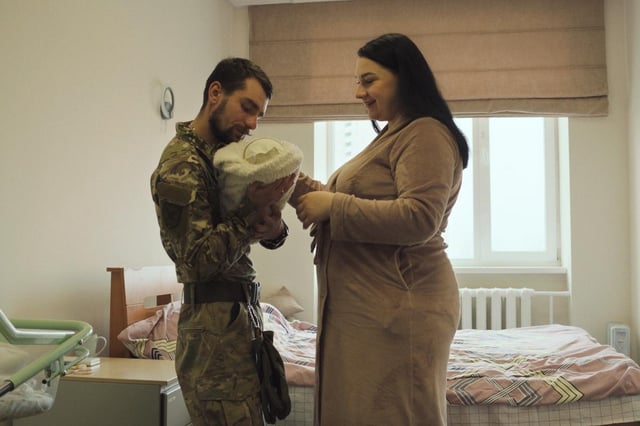Overview
- The nearly 2½‑hour film opens in French theaters this week, marking Loznitsa’s most expansive treatment of the current conflict.
- Loznitsa returned to Ukraine repeatedly over two years and assembled footage gathered by teams across Kyiv and frontline areas into roughly 30 vignette-like sections.
- The documentary relies on long, static shots without voice-over, with an exception during an urgent rescue in Kyiv where the camera becomes mobile and a drone shot is used.
- Sequences observed by critics include children studying in an underground bunker, wounded fighters in rehabilitation, devastated villages, and an elderly woman rebuilding her home.
- Coverage notes ongoing debates about the Berlin-based Ukrainian director’s authorial standing, referencing his past exclusion from the Ukrainian Cinema Academy.
